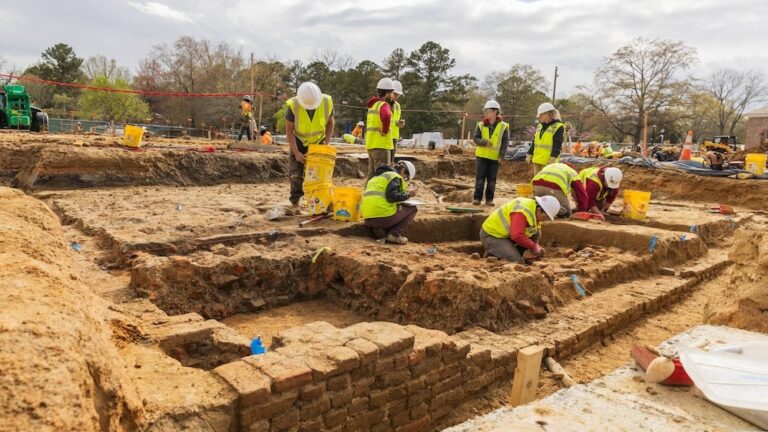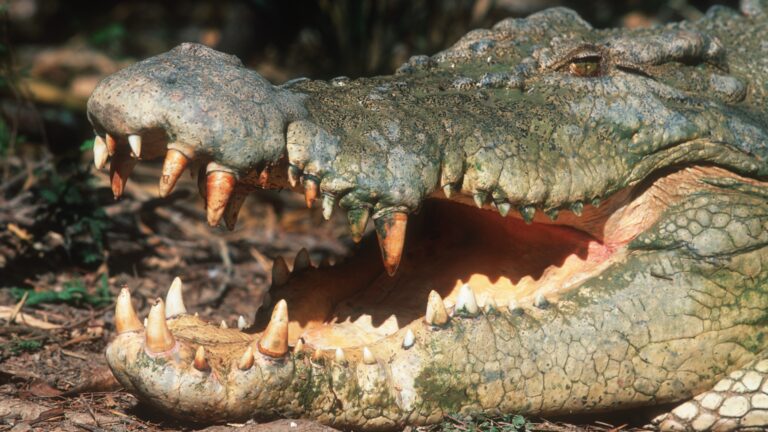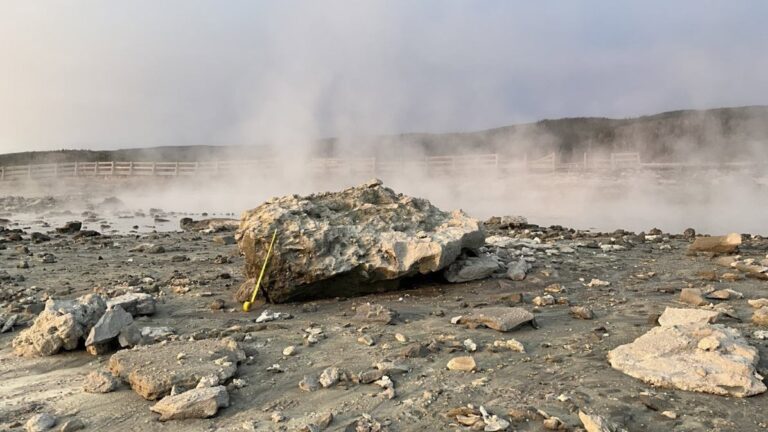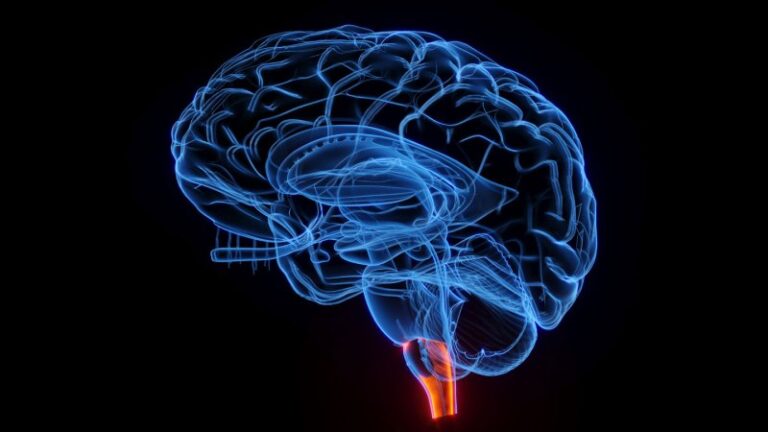17th-century home and silver spoon from ‘affluent household’ found in Colonial Williamsburg

The home, which was built around 1660, would have been owned by an affluent family based on the artifacts found there.
Science and Technolgy blog

The home, which was built around 1660, would have been owned by an affluent family based on the artifacts found there.

The newly discovered process for making aerosols might also be the most productive.

You’ve probably had a dentist remind you to floss — but when’s the best time to do so?

In a new study, women who followed diets low in added sugar and high in nutrients had “younger-looking” cells.

In sports, physical training is often emphasized over cognitive, but both are required to excel, experts say.

In this extract from “Bite: An Incisive History of Teeth, from Hagfish to Humans,” Bill Schutt looks at the creatures with the strongest bite forces in the world.

Geologists have revealed new details about a recent geyser eruption at Yellowstone National Park, including the shallow depth of the explosion and staggering height of its plume.

The immune protein interleukin-6 helps regulate body weight. Blocking it in the brain could restore appetite and muscle mass, a study in mice hints.

Plants growing at the bottom of sinkholes in China’s Dashiwei Tiankeng Group don’t take up as much carbon as surface plants do, but they have much higher levels of nutrients in their tissues.

How hot could it get? In the first edition of Science News’ Extreme Climate Update, we look at how high temperatures could soar.